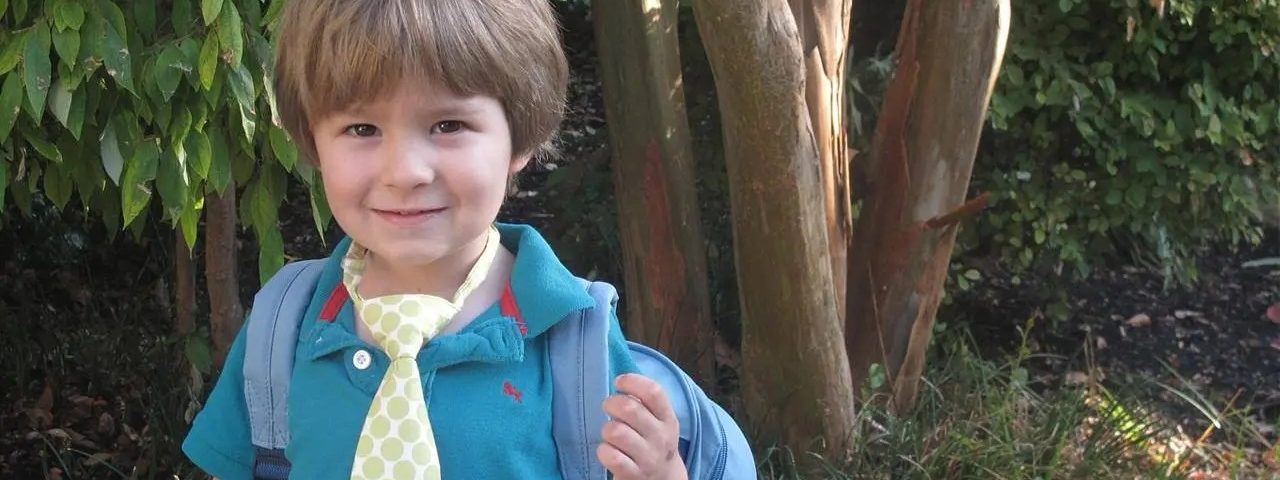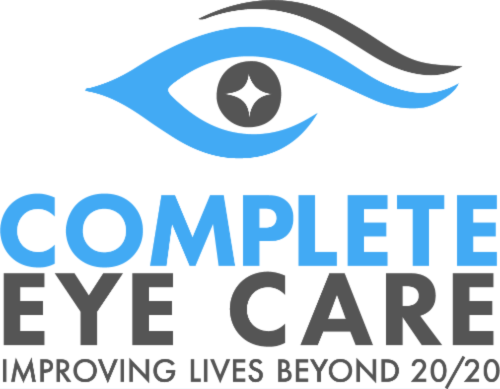
How do I know if I am at Risk?
When you go to the optometrist, and you are told that your prescription is -1.50, that means that you have 1 and a half diopters of nearsightedness. That translates into 20/80 vision, which means that you can see an object at 20 feet away that someone without myopia/nearsightedness can see at 80 feet away. Nearsightedness is measured in diopters. The higher the number of diopters, the stronger the prescription required for you to see clearly.
Cataracts: Data according to the Salisbury Eye Evaluation Study
- People over 2 Diopters of nearsightedness have a 1.5 times chance of developing a PSC Cataract
- People over 5 Diopters of nearsightedness have a 5 times greater chance of developing a PSC Cataract
- People over 6 Diopters of nearsightedness have a 12 times chance of developing a PSC cataract
Glaucoma risk also increases with higher amounts of nearsightedness: (Data based on 11 different studies)
- People over 3 diopters have a 6.5 times greater chance of Glaucoma
- People over 6 diopters have a 2.5 times greater chance of developing Glaucoma



Myopic Maculopathy:
- People who have 5 diopters have a 4-5 times greater chance of developing myopic maculopathy
- People between 5-9 diopters of nearsightedness have a 25 times greater chance of developing myopic maculopathy
- People over 9 diopters have a 50 times greater chance of developing myopic maculopathy
Retinal Detachment:
- People over 3 diopters have a 2.2 times greater chance of developing a retinal detachment
- People over 5 diopters have a 9.7 times greater chance of having a retinal detachment
- People over 7 diopters of nearsightedness have a 40 times chance of a retinal detachment
- People more than 9 diopters of nearsightedness have 126 times chance of a retinal detachment
Myopia is a risk factor for disease. The key is prevention.
Control your child’s myopia or nearsightedness now before there are health risks later.
The CANDY study showed a 0.03 diopter per year increase when treated with corneal molding or orthokeratology. The key is to treat as early as possible and prevent increases year after year.
